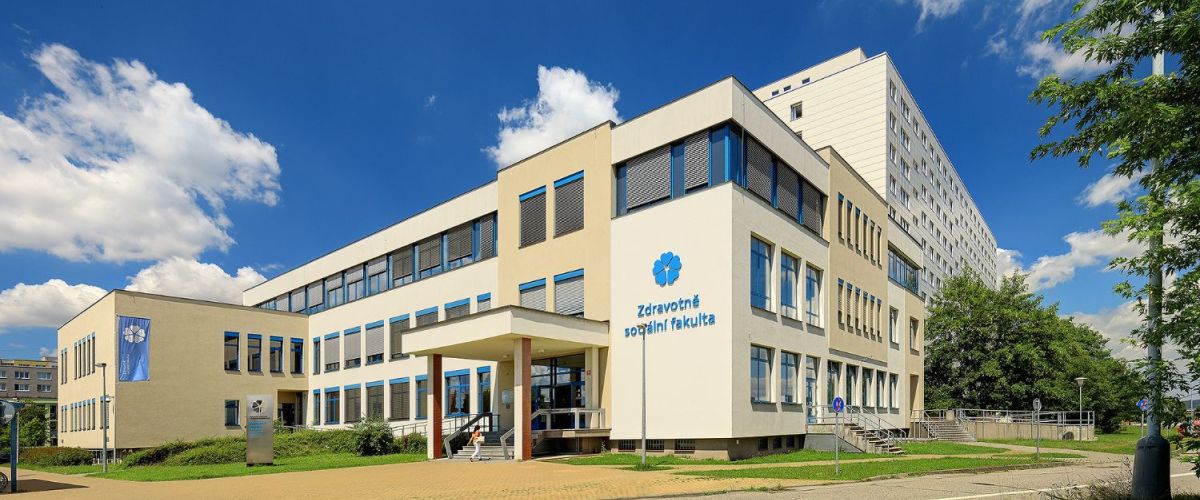
Institute
of Radiology, Toxicology and Civil Protection
The Institute of Radiology, Toxicology and Civil Protection is involved in education and research on the effects of physical, chemical, biological and several other factors on human health and emergency response.
About
The Institute of Radiology, Toxicology and Civil Protection is involved in education and research on the effects of physical, chemical, biological and several other factors on human health and emergency response. Since 1993, the bachelor’s degree study course “Radiology assistant” has been offered. Since 2003, the bachelor’s degree study course “Civil protection with the focus on chemical, biological, radiological and nuclear noxae and explosives” and the master's degree study course “Civil emergency preparedness,” have also been offered
The aim of the bachelor’s degree study course of “Radiology assistant” is to prepare university-qualified healthcare professionals to be authorized to perform radiological imaging and irradiation procedures. Graduates of the study course will find employment at radiodiagnostic and radiotherapeutic departments and nuclear medicine wards. In this context, the Institute closely cooperates with the České Budějovice Hospital (Nemocnice České Budějovice, a. s. ) and with the EUC Clinic, Inc., České Budějovice.
By completing the bachelor’s degree study course of Civil protection with the focus on CBRNE, the student will get the necessary knowledge of crisis management with a focus on the prevention and handling of emergencies and crisis situations, especially in relation with chemical, biological, radiological and nuclear noxae and explosives that effect human health. The student will gain knowledge about the possibilities of its detection and ways of prevention.
The master's degree study course of “Civil emergency preparedness” provides knowledge on civil management, planning and control processes and regulations prepared by the administration authorities, self-government bodies and other specified institutions to deal with emergency and crisis situations. The graduates from the study course will find employment in public administration bodies.
The lessons are accompanied by research in this area. The topics of recent or ongoing projects are: Evacuation from emergency planning zones depending on population differentiation – Identification, prevention and protection against critical infrastructure security threats – Biodosimetry, i. e. retrospective detection of exposure of persons exposed to radiation – The solving of ethical issues in the context of environmental health. The research is conducted in such a way that the findings and conclusions are directly applicable in practice. This is evidenced by the close cooperation particularly with the basic units of the Integrated Rescue System and other institutions such as the General Directorate of the Fire and Rescue Service of the Czech Republic, Regional Directorate of the Fire Fighting Forces of South Bohemia the Regional Office of the South Bohemian Region, the Temelín Nuclear Power Plant, the Medical Rescue Service of the South Bohemian Region, the Armed Forces of the Czech Republic and the Police of the Czech Republic.
Secretary
-
Alena Kladenská
-
+420 389 037 591
-
This email address is being protected from spambots. You need JavaScript enabled to view it. -
Nemocnice České Budějovice, a.s. - horní areál, B. Němcové 54, pavilon H
370 01 České Budějovice
News
There are currently no eventsEvents
